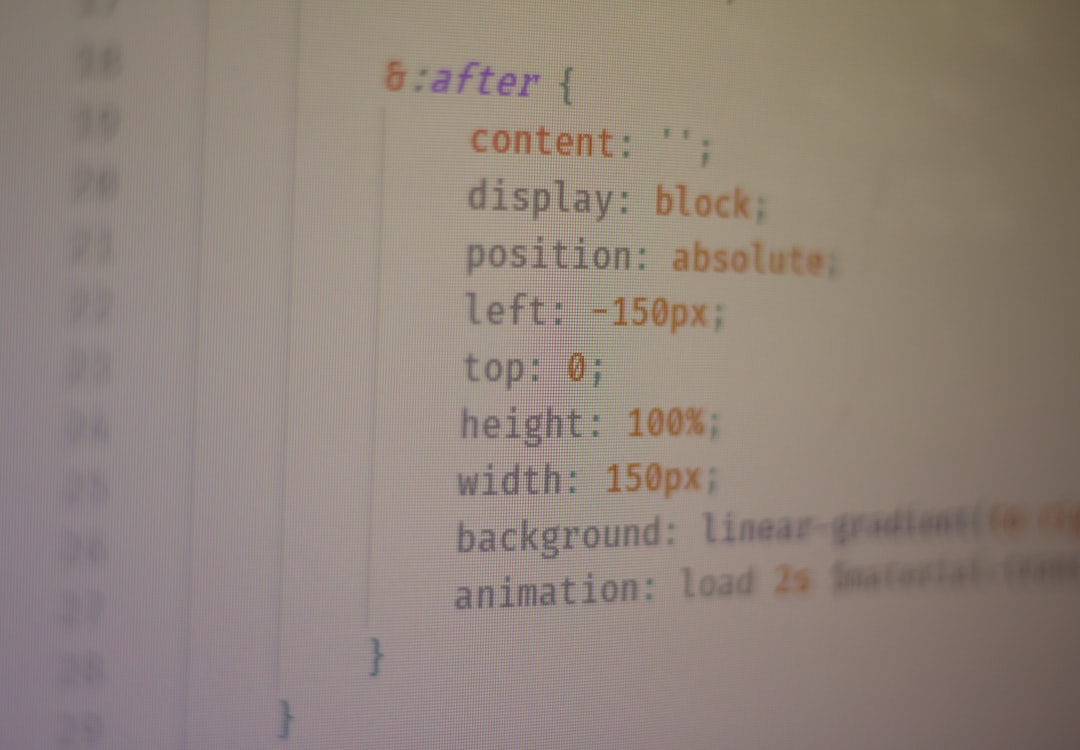
As artificial intelligence (AI) continues to mature and take a central role in both content creation and search engine optimization, content audits must evolve as well. The rise of AI-driven indexing and interpretation by platforms like Google, Bing, and others suggests that traditional readability metrics are no longer sufficient. Content creators and strategists must now consider AI readability—the ease with which an AI system can interpret, categorize, and rank a piece of content. By 2025, failing to account for AI readability may mean losing discoverability, ranking, and relevance in the digital ecosystem.
Understanding AI Readability
Unlike human readers, AI models analyze content using complex semantic maps, entity relationships, and machine-learning-based equations. These systems are designed to digest massive amounts of text, parse context, and determine relevance based on algorithms. Therefore, content that is well-written from a human perspective may still confuse or underperform in the eyes of AI if it lacks the structural and semantic clarity AI systems prioritize.
To optimize content for this evolving landscape, organizations must implement a detailed AI readability audit as part of their content strategy. Below is a comprehensive checklist to guide content professionals in preparing for 2025’s AI-dominant digital environment.
AI Readability Audit Checklist for 2025
1. Use Semantic Structuring
- Apply proper HTML tags such as <h1>, <h2>, and <p> to delineate structure. AI systems rely on these to understand hierarchy and context.
- Use schema markup (JSON-LD) to provide structured data that AI can access directly for context—such as product info, reviews, or organization details.
- Maintain consistency in hierarchical flow (e.g., an <h2> should not follow an <h1> without a clear parent-child relationship).
2. Ensure Entity Clarity
Entity recognition is at the core of how AI systems process language. Make sure that named entities (like people, organizations, dates) are used consistently and unambiguously.
- Introduce entities clearly—don’t assume prior knowledge.
- Use natural language where appropriate to avoid boilerplate or overly complex phraseology that might confuse entity extraction algorithms.
- Link to reputable sources (e.g., Wikipedia, major news sites) when introducing lesser-known entities.
3. Optimize for NLP Parsing
AI readability heavily hinges on how well your content is parsed through natural language processing (NLP). Keep sentence construction clean and direct.
- Limit sentence length to avoid convoluted structures that NLP may misinterpret.
- Avoid idioms, sarcasm, or abstract metaphors that AI could easily misread.
- Repeat core language strategically—AI looks for frequency to establish semantic importance.

4. Incorporate Topical Relevance
AI engines evaluate how deeply content explores a subject—known as topical authority. Your audit should check for:
- Comprehensive coverage of the topic without drifting into unrelated territories.
- Use of closely related subtopics and industry-specific terminology to signal depth.
- Clear topical boundaries—each piece of content should stay focused on a single subject area.
5. Anchor Everything in Factual Accuracy
New algorithms penalize factually incorrect or misleading content. The rise of generative AI has made vetting factuality a top priority.
- Use reputable data sources and cite them using hyperlinks or footnotes.
- Regularly review content updates to ensure statistics and events mentioned are still accurate.
- Eliminate or flag speculative language unless clearly stated as opinion.
6. Maintain Conciseness and Relevance
AI values brevity and relevance. During your audit, scan for fluff, filler, or redundancies that dilute semantic precision.
- Minimize overuse of adjectives and adverbs.
- Eliminate repetitive statements unless strategically used for emphasis or reinforcement.
- Focus introduction and conclusion sections on primary takeaways.
7. Audit Readability Scores—But Evolve Beyond Them
Tools like Flesch-Kincaid are still useful, but consider AI-based readability tools that evaluate syntax complexity, semantic mapping, and lexical diversity.
- Use AI-enhanced tools like GrammarlyGO or Clearscope, which assess content beyond basic grammar and readability.
- Cross-analyze using manual reviews to make sure optimizations serve both AI and real users.

8. Track AI Favorability Metrics
AI visibility is now measurable. Audit your content with tools that simulate how various search engine bots interpret your page.
- Simulate crawler behavior using Screaming Frog or Sitebulb to understand how bots are navigating and indexing your pages.
- Review AI-generated summaries—do these tools correctly reflect your intent?
- Evaluate snippet potential through structured Q&A or lists suitable for summarization by AI tools like ChatGPT or Bard.
9. Include Multimodal Indicators
Multimodal indexing is rapidly growing. AI is now analyzing images, video and contextual metadata to fully “read” a page.
- Use descriptive ALT tags on images and videos.
- Incorporate captions and transcripts for multimedia elements.
- Reference visuals in text so AI can establish semantic links between visual and written content.
10. Stay Aligned with E-E-A-T Principles
Expertise, Experience, Authoritativeness, and Trustworthiness (E-E-A-T) are more relevant than ever.
- Clearly identify the author and offer verifiable credentials.
- Include sources and date stamps for up-to-date and credible content.
- Highlight user reviews and testimonials where applicable to show practical experience.
Conclusion
By 2025, AI readability will not be a technical aside—it will be the cornerstone of successful digital content. As search engines, content aggregators, and enterprise AI tools continue to rely on NLP, semantic web technologies, and machine understanding, your content should be crafted as much for AI as for people. Implementing a well-defined audit process can make all the difference between content that’s visible and one that’s buried.
Get ahead by applying the above checklist not haphazardly, but systematically. Begin by piloting a few blog posts or landing pages. Gradually scale it across your site. With consistent monitoring and iterative improvement, you’ll ensure that your content remains not only readable—but readable in the eyes of the intelligent systems that increasingly rule the web.






